EV Range In Extreme Cold
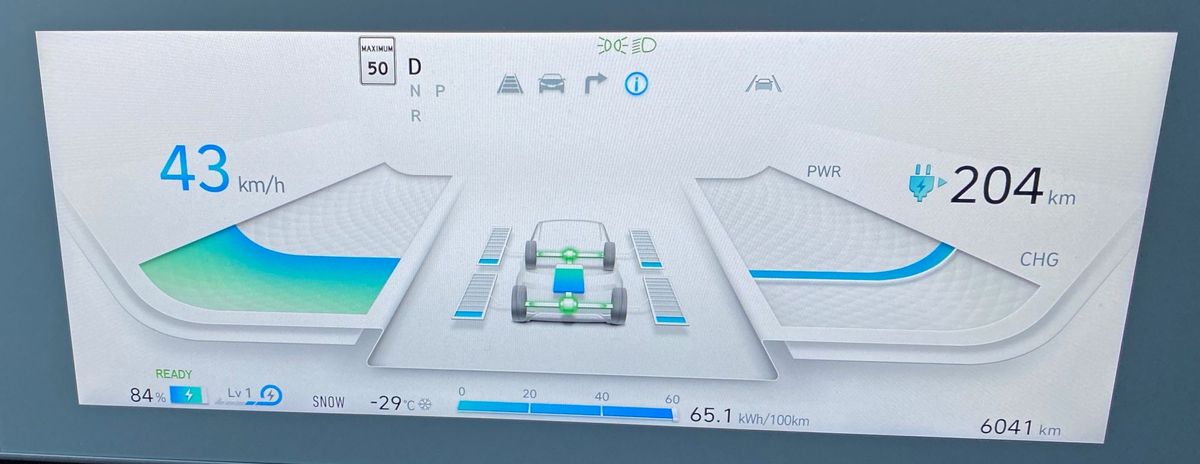
It has been rather chilly in Southern Alberta this last week before Christmas. Night time lows have been in the mid negative 30 deg C range and the daytime highs not much better. With an EV that is left outside in extreme cold, and its battery pack allowed to freeze, electric vehicle owners can expect their range to drop as low as 50% of what it is in summer weather.
In the summer months an EV may have to run the AC and cool the battery pack by 10 deg C or so. When it is -30 deg C the EV has to warm the cabin and the battery as much as 50 deg C. An ICE vehicle wastes most of its energy to unwanted heat in the summer, but it comes in handy when it is cold. That is why an ICE vehicle suffers less in the winter; consumption and range are still affected, particularly for short trips, but not as much as an EV.
There was a widely publicized study by Recurrent (www.recurrentauto.com) that shows the results of a study that they completed showing the range of loss of popular EVs driving 20-30 deg F (-6 C to -1 C) compared to 70 deg F (21 deg C). The study showed differences from a 3% loss to a 30% loss depending on the vehicle. I think this study is deeply flawed, despite "using telematics for over 7,000 connected vehicles". I suspect the different software and range estimates of the vehicle's trip computers accounts for the variation, as well as location - not that one EV deals with the cold better than another. The battery technology that goes into EVs is basically the same, with just about all manufacturers buying from the same few Chinese suppliers. There is no reason why one EV should have materially less range degradation over another in cold weather. I think all EV owners can expect similar range losses in winter.
It helps to know where the power goes.

Most EV cars will use about 20kWh/100km in the summer months. About 1/3 of this power goes to overcoming aerodynamic drag, another 1/3 overcomes rolling resistance, and the remaining 1/3 gets used up by power losses, power electronics, and climate control. Aerodynamics are not materially affected in cold weather. Rolling resistance is affected by softer winter tires and may increase 10% or so. It is the power losses and climate control that change the most with cold weather.
Climate Control: The blower motor and AC may take up something like 2kW in the summer. At -30 C, it is somewhere between 5 and 8kW in the Ioniq 5.
Power Electronics: This sits in the .5kW range in summer and rises to close to 1.5kW in the winter.
With the above two items increasing in winter, consumption of our Ioniq 5 won't get any better than 25k-28kWh/100km, which is up 5-8kWh from summer driving. This is the consumption difference once the battery has warmed up, equating to a 30% decrease in range - once the battery pack has warmed up.
For the first 20 minutes on a cold battery, the consumption is a lot more.
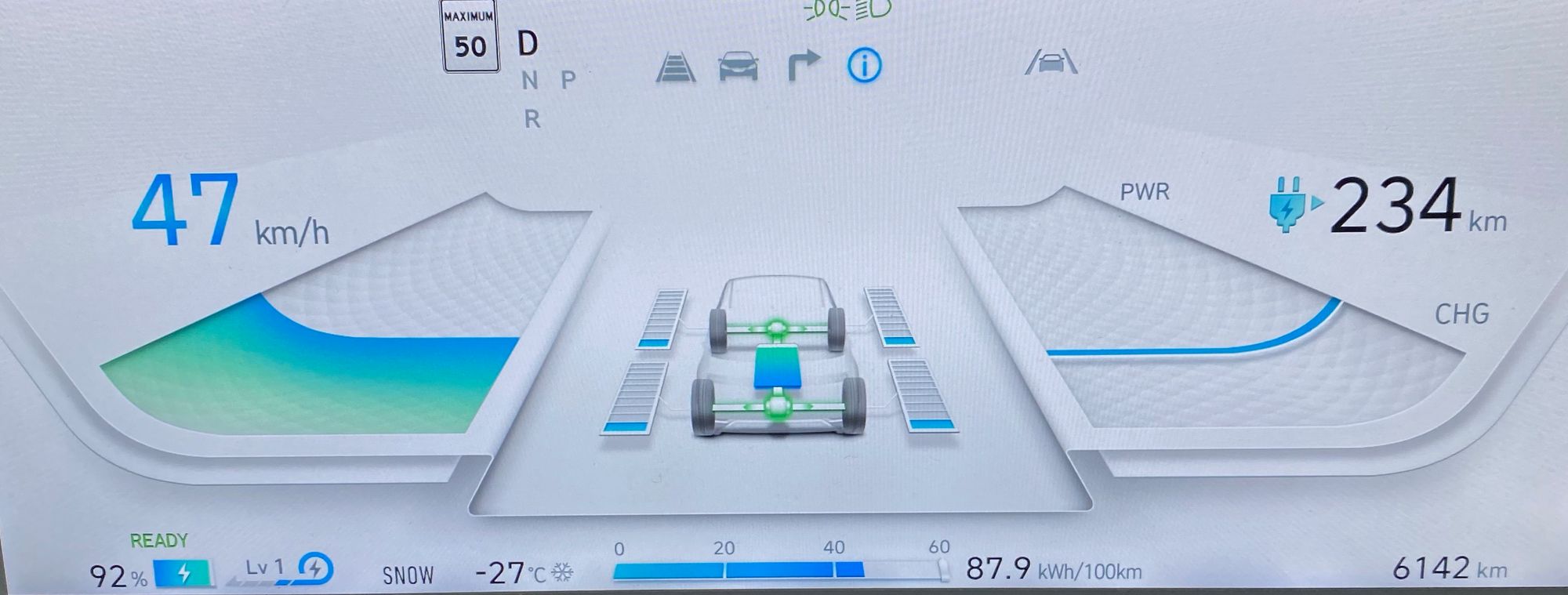

With our Ionic 5, anything over about 30kWh/100km consumption is due to the car warming the battery. Our car is parked outside and charged by a 7.5kW level 2 Grizzl-E EV charger. We set the pre-warming function and departure time so the cabin is warmed and the windows defrosted while it is plugged in. Presumably it warms the battery somewhat, but judging by the power the car diverts to the battery pack for the first 20 minutes of driving, not by that much. If the car were to be stored indoors, we could expect to avoid the excessive electrical consumption for the first trip in the morning at least.
A reasonable conclusion based on my experience with the Ionic 5 would be that summer consumption would average something like 20kWh/100km giving range of about 375km. Average consumption in very cold weather would be about 30% greater, yielding range of approximately 250km - if the car was kept in a climate controlled garage. In the very worst weather, with very short trips that do not allow the battery to heat up, range can drop even further - down to as little as 125km.
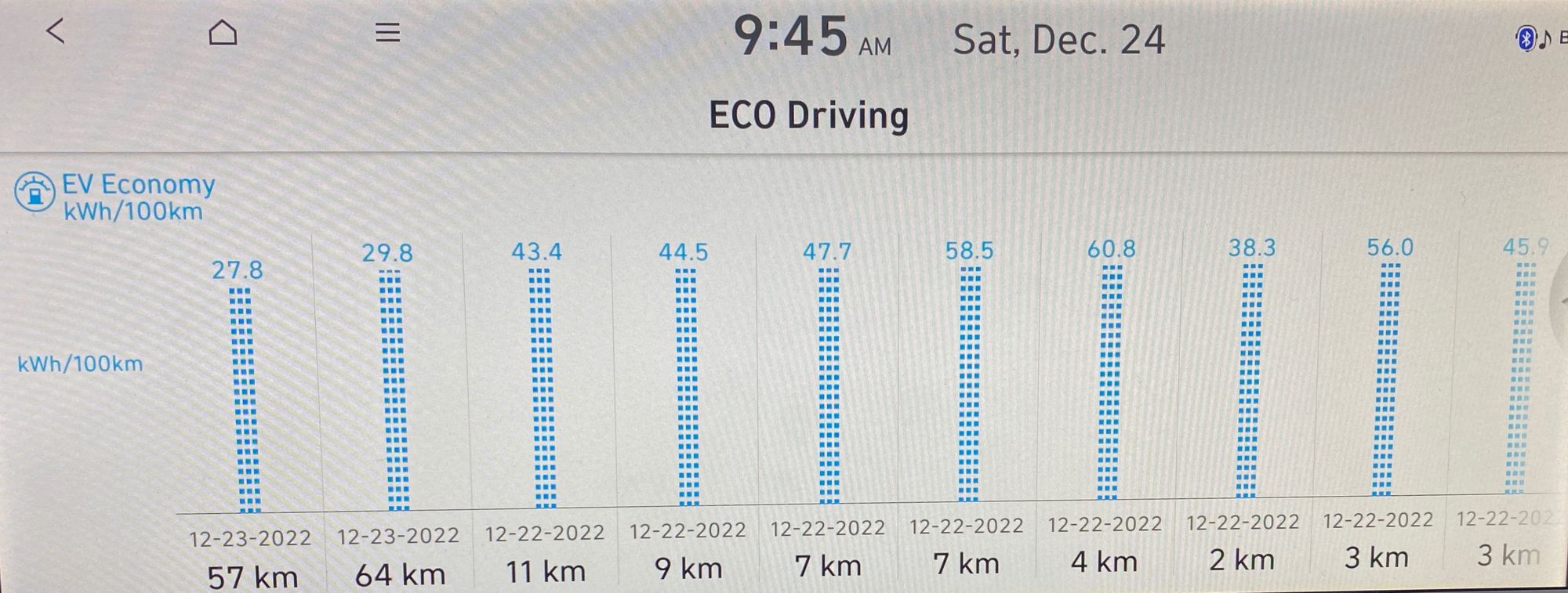
Lastly, I don't believe that this range degradation is specific to the Ioniq 5 - it is due battery chemistry, powertrain losses, and the necessity of heating the EV up 50 deg C. These are materially the same for any Battery Electric Vehicle.
This is not a problem for our family. Even in the coldest week of the year, and one of busiest just before Christmas, we never got under 25% state of charge. The short journeys with a cold battery pack are all within a tight radius of home - dropping the kids off at school, groceries, errands etc. Even a busy day does not see the car being driven more than 75km. With longer journeys the consumption gets better.
As long as we can charge from home there is no problem. Driving long distances in winter and relying on the DC charging infrastructure is another matter. Our Ioniq may be able to take a DC fast charge of 240kW, but only if it is 30deg C. In very cold weather I would not expect any more than 50kW. If I am using 30kWh/100km to drive, and recharging at 50kW, that would mean that our trip would necessitate more than 1 hour of charging for every 2 hours on the highway - too slow to be practical for us. We would take an ICE or Hybrid car for the few times a year we travel longer distances.
Lawrence Romanosky
Calgary, Canada
403-607-8625
Lromanosky@me.com
If you found this content interesting and useful, please subscribe and share!

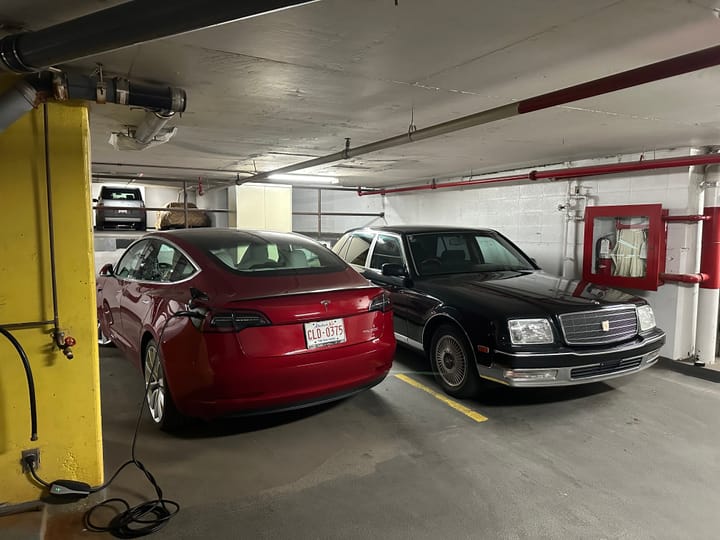
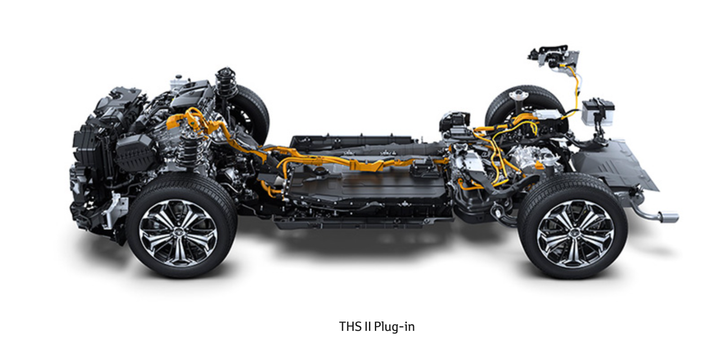
Comments ()